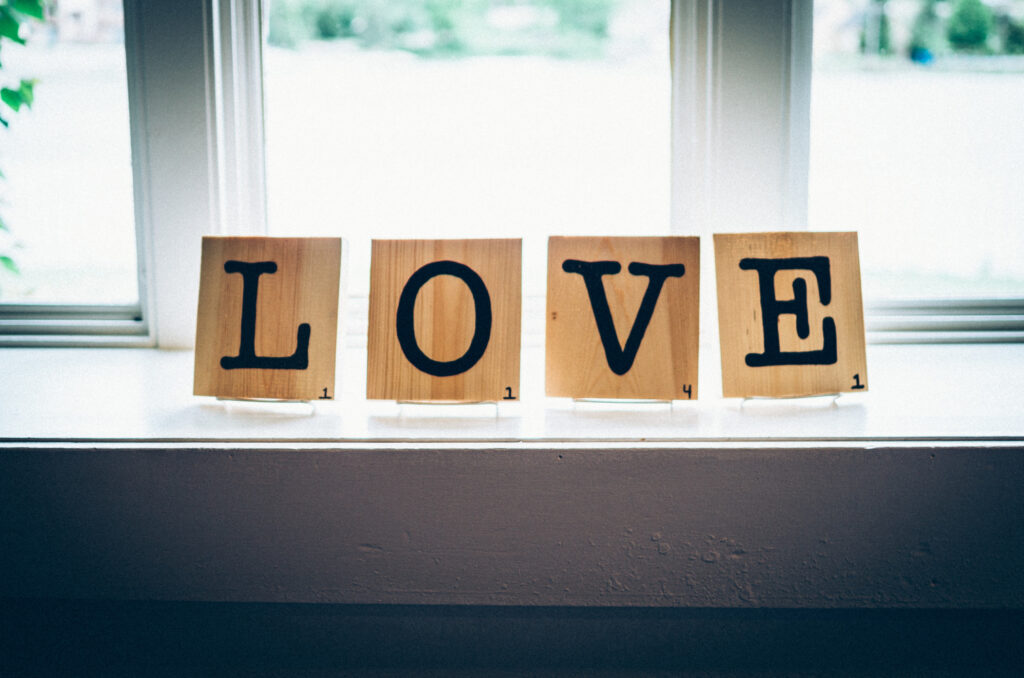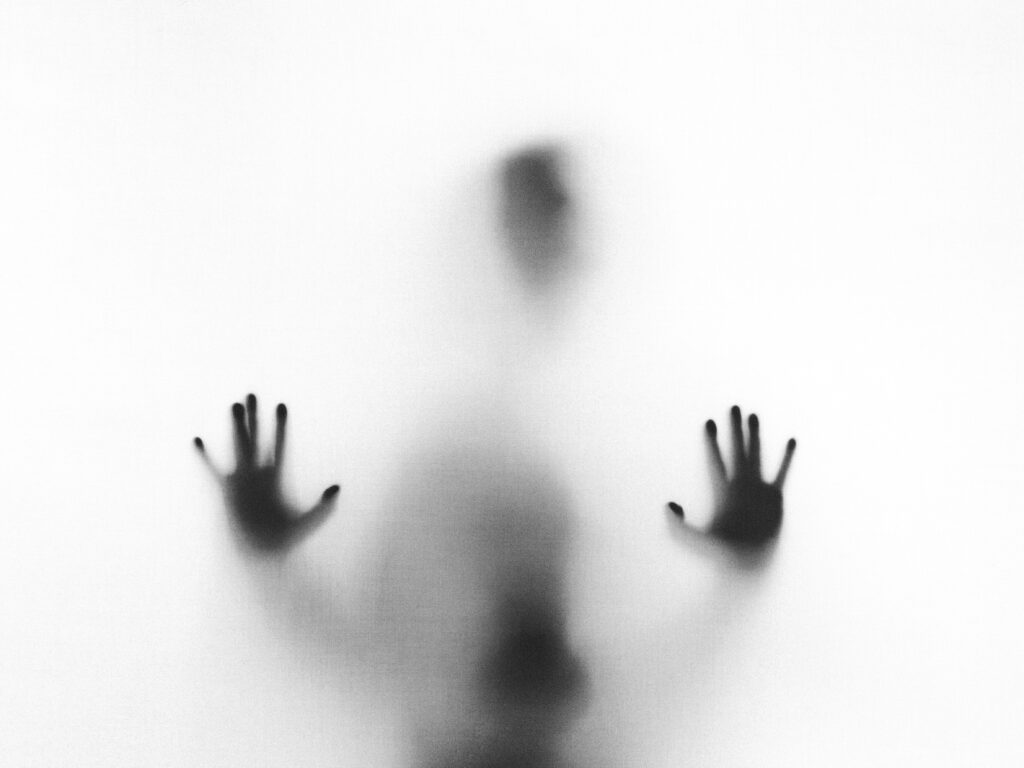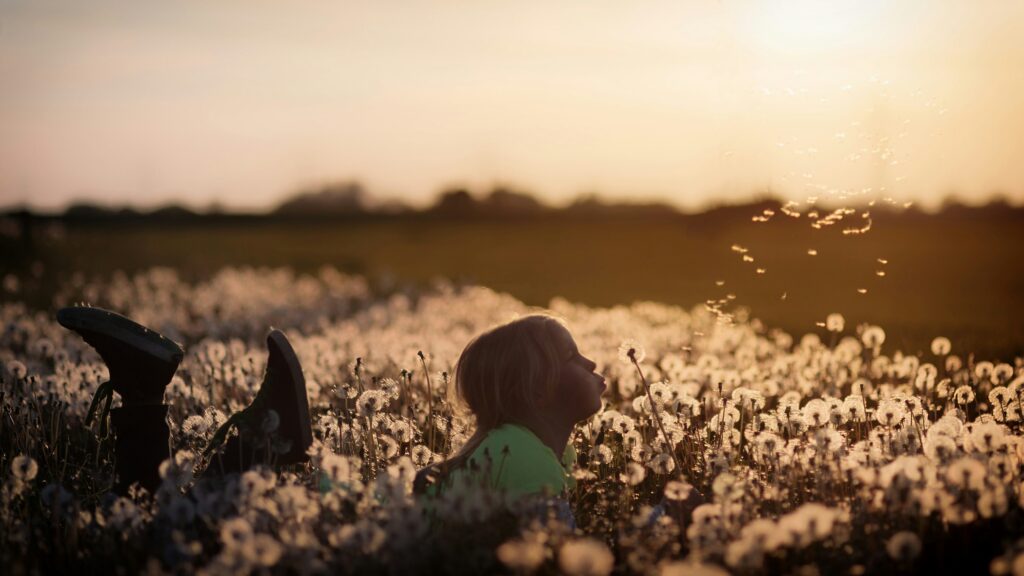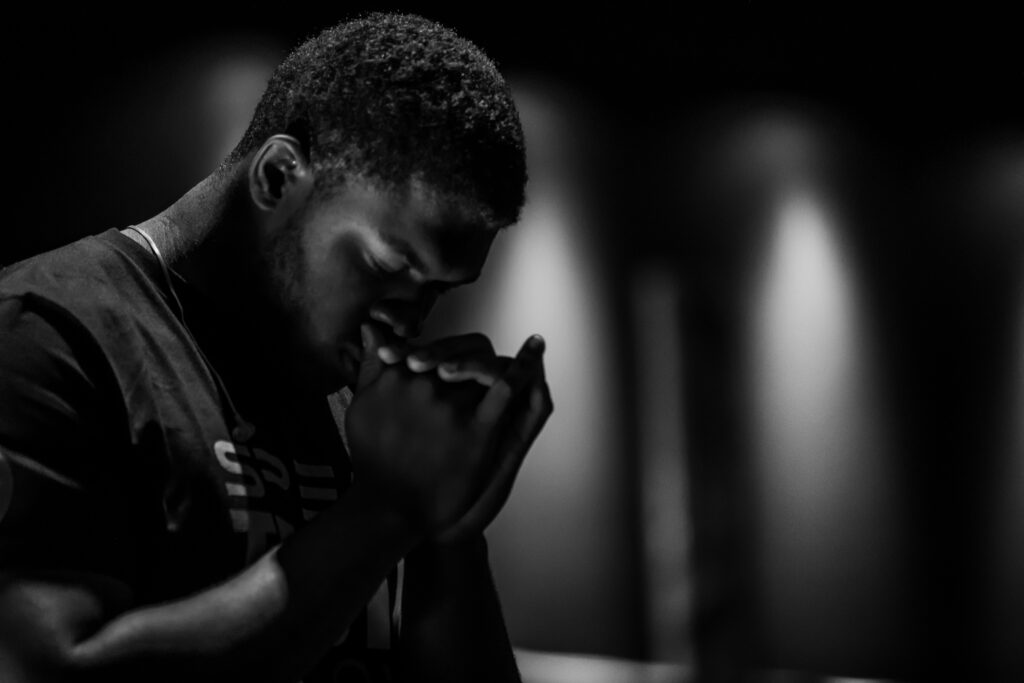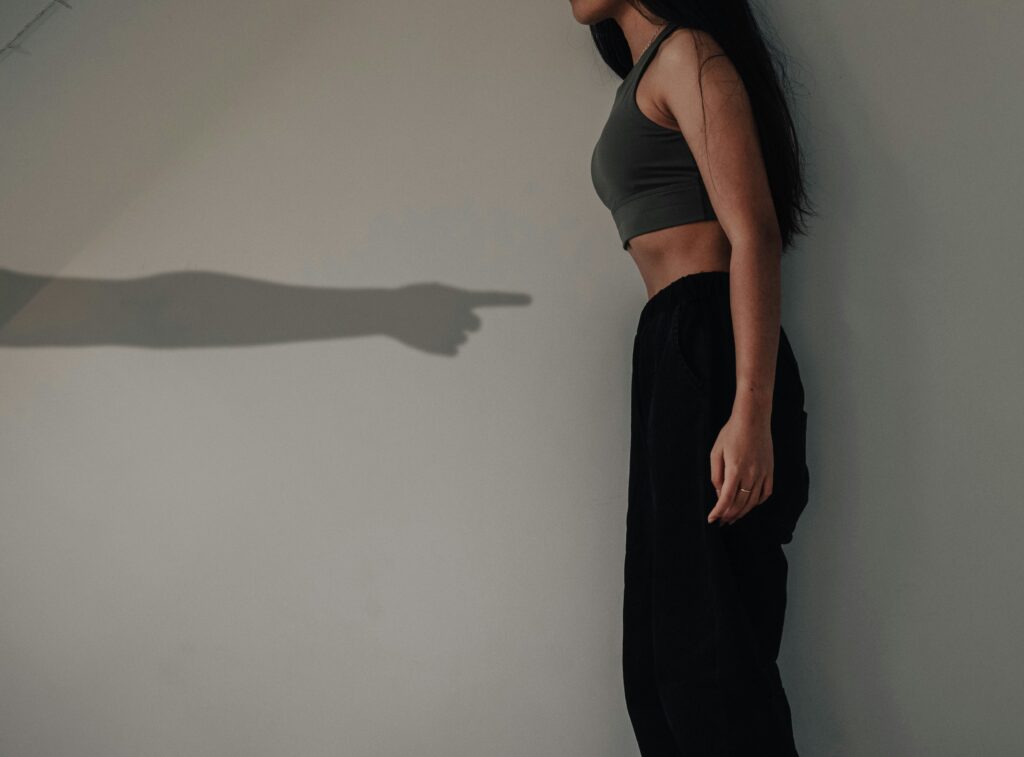Last Updated on December 20, 2023
Love, an eternal and enigmatic emotion, has woven its threads through the tapestry of human history since time immemorial. From ancient civilizations to modern societies, the dynamics of love and relationships have evolved, reflecting the complex interplay of culture, tradition, and societal shifts. In this exploration, we embark on a captivating journey to uncover the rich history of love and relationships, tracing their path through the annals of time.
Ancient Notions of Love and Relationships
The roots of our understanding of love and relationships can be traced back to ancient civilizations. In ancient Egypt, love was celebrated as a divine force, intertwined with concepts of religion and spirituality. Marriages were often arranged for political alliances and societal stability, with love emerging as an important but secondary factor. The Egyptians believed that love had the power to transcend the mortal realm, guiding both the living and the deceased on their journeys. Poems and stories from this era often depicted the love between gods and mortals, reflecting the intertwining of divine and human emotions.
Ancient Greece, on the other hand, introduced the concept of “eros,” a passionate and romantic love. The philosopher Plato delved into different forms of love, emphasizing the pursuit of intellectual and spiritual connections in addition to physical attraction. The idea of romantic love gained prominence during this era, though it was often confined to certain societal classes. The Greek myth of Eros and Psyche depicted the trials and tribulations of love, highlighting its enduring and transformative nature. This myth served as a metaphor for the challenges and rewards of love, resonating across the centuries.
Medieval Notions: Chivalry and Courtly Love
The medieval period brought forth the ideals of chivalry and courtly love. Knights and troubadours composed poetry and songs that elevated women to a pedestal, portraying them as objects of admiration and devotion. Courtly love, a complex and often unattainable idealization of women, highlighted the yearning for emotional connections beyond traditional marriages. This era also saw the emergence of the “trouvères” in France and the “minnesingers” in Germany, who celebrated love through their lyrical compositions. These troubadours used their verses to express devotion, often in the context of unrequited love.
However, it’s important to note that these ideals were largely reserved for the elite classes, while commoners’ relationships were often influenced by economic and practical considerations. For most people, marriage was a pragmatic union aimed at mutual survival and the continuation of family legacies. These unions were often arranged by families to consolidate wealth and power, with love playing a secondary role to societal obligations.
Renaissance and the Shift in Romantic Expression
The Renaissance marked a shift in how love and relationships were portrayed in art, literature, and society. The period saw an increased focus on individualism, humanism, and a celebration of human emotions. Works like Shakespeare’s timeless plays explored the complexities of love, depicting characters with multifaceted emotions and motivations. Shakespeare’s “Romeo and Juliet” illustrated the intensity of young love and its defiance of societal barriers, capturing the essence of youthful passion.
Marriage during this era became more centered on love, companionship, and mutual respect. The concept of marrying for love slowly gained ground, although societal norms still influenced many unions. The Renaissance also witnessed the rise of love letters as a medium for expressing affection, allowing individuals to share their innermost feelings. These letters often served as a bridge between separated lovers, giving voice to emotions that transcended physical distance.

Industrial Revolution and Changing Dynamics
The Industrial Revolution brought about significant changes in society, impacting the dynamics of love and relationships. As urbanization and industrialization spread, people’s lives became more disconnected from traditional rural settings. This led to new opportunities for mingling and socializing, contributing to the rise of romantic love as a central aspect of relationships. The shift from agrarian economies to industrial ones meant that individuals were no longer solely dependent on familial and communal networks for their livelihoods, giving them greater autonomy in choosing partners based on emotional compatibility.
Economic considerations also began to shift, as the need for love and emotional compatibility became more pronounced than purely practical alliances. The idea of romantic partnerships grew stronger, though challenges such as class divisions and societal expectations continued to play a role. The emergence of the Victorian era brought with it a complex set of rules and etiquette governing courtship, further influencing the ways in which individuals pursued relationships. The exchange of elaborate love tokens and the crafting of sentimental valentines became popular ways to express romantic feelings during this period.
20th Century and Beyond: Love in a Modern World
The 20th century witnessed transformative shifts in the realm of love and relationships. The feminist movement pushed for gender equality, reshaping traditional roles and expectations within partnerships. Love was no longer confined to heterosexual relationships, as society began to recognize and accept diverse forms of love, including same-sex relationships. The Stonewall Riots of 1969 marked a pivotal moment in the fight for LGBTQ+ rights and visibility, leading to greater acceptance and understanding of non-traditional partnerships.
The advent of technology further revolutionized how we connect and maintain relationships. From the rise of dating apps to long-distance communication tools, technology has reshaped the way we initiate and sustain romantic connections. Couples separated by geographical distances can now maintain virtual intimacy through video calls and instant messaging, bridging the gap between physical separation and emotional closeness. Virtual reality and augmented reality are also paving the way for immersive experiences that transcend physical boundaries, allowing couples to create shared memories in virtual realms.
The history of love and relationships is a captivating journey that reveals the intricate interplay between culture, tradition, and societal evolution. From ancient civilizations that revered love as a divine force to modern societies that celebrate diverse forms of affection, the evolution of love reflects humanity’s changing values and priorities. As we navigate the complexities of contemporary relationships, it’s crucial to recognize the historical threads that have woven together to shape our current notions of love, companionship, and human connection. By understanding our past, we can approach the present and future with a deeper appreciation for the enduring power of love in all its forms.
